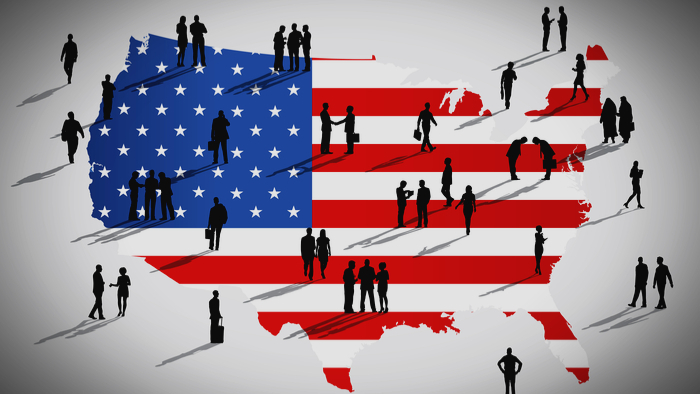We, at Emandi Law Firm want to highlight the impact of high skilled immigrants and nonimmigrants in the fields of information technology, engineering, and science for the past three decades as ushered in by the H-1B visa’s introduction to the United States. Certain research and statistics are derived from the in-depth study conducted by the “National Bureau of Economic Research (NBER)” article titled, ” The Supply Side of Innovation: on H1-B Visa Reforms and US Ethnic Innovation.
The study conducted by NBER relied upon research from numerous scholars and universities including Harvard, MIT Sloan. The research indicates that immigrants represent 24% and 47% of the US workforce in the field of science, engineering, and information technology with bachelor’s and doctorate educations in the 2000 Census, respectively. The growth of these numbers in recent years is even more striking. From the Current Population Survey (CPS), the estimate is that immigrant scientists and engineers accounted for more than half of the net increase in the US SE labor force since 1995.
In the year 1990, President George Bush introduced the H-1B visa to combat the shortage of skilled workers in the workforce and to sustain the United States’ competitiveness in the world market and economy. The 65,000 cap was not binding in the early 1990s but became so by the middle of the decade. Legislation in 1998 and 2000 sharply increased the cap over the next five years to 195,000 visas.
The language contained in the 1998 legislation argued that “American companies today are engaged in the fierce competition in global markets” and “are faced with severe high-skill labor shortages that threaten their competitiveness.” These short-term increases were allowed to expire during the US in a high-tech downturn when visa demand fell short of the cap.
The cap returned to the 65,000 level in 2004 and became binding again, despite being subsequently raised by 20,000 through an “advanced https://ativanusa.com/sedative/ degree” exemption. Further science, engineering, and computer-related occupations account for approximately 60% of H-1B admissions, and changes in the H-1B population account for a significant share of the growth in US immigrant SE employment.
The study further indicated that increases in H-1B admissions substantially increased rates of Indian and Chinese invention independent cities relative to their peers. “A 10% growth in the H-1B population corresponded with a 1%-4% higher growth in Indian and Chinese invention for each standard deviation increase in city dependency.” The study again found very little impact for native inventors as proxied by inventors with Anglo-Saxon names (who account for approximately 70% of all domestic patents). Overall, the statistics indicated that a 10% growth in the H-1B population corresponded with a 0.3%-0.7% increase in the total invention for each standard deviation growth in city dependency.
Hence it is clear, that over the last few decades, the H-1B visa program for temporary workers has played a significant role in US innovation as immigrants are especially important for US innovation and technology commercialization, which makes the H-1B program a matter of significant policy importance. The study further indicated that “actuation” in H-1B admissions significantly influenced the rate of Indian and Chinese patenting in cities and firms dependent upon the program relative to their peers.” …. and “conclude that total invention increased with higher admissions primarily through the direct contributions of immigrant inventors.”
Since the past few months, the US government lead by President Trump has proposed several restrictions on foreign skilled workers, which he believes are necessary to save US jobs for American workers. However, another recent University of California San Diego immigrant rights study has said “Immigrant rights enhance the lives and livelihoods of native workers in many ways such as improvement in incomes, sparking innovation, reducing crime and increasing tax revenues.”
For recent immigration law news and updates, stay tuned to Emandi Law Firm. Feel free to reach out with questions atadmin@emandilaw.comor visitwww.emandilaw.com
